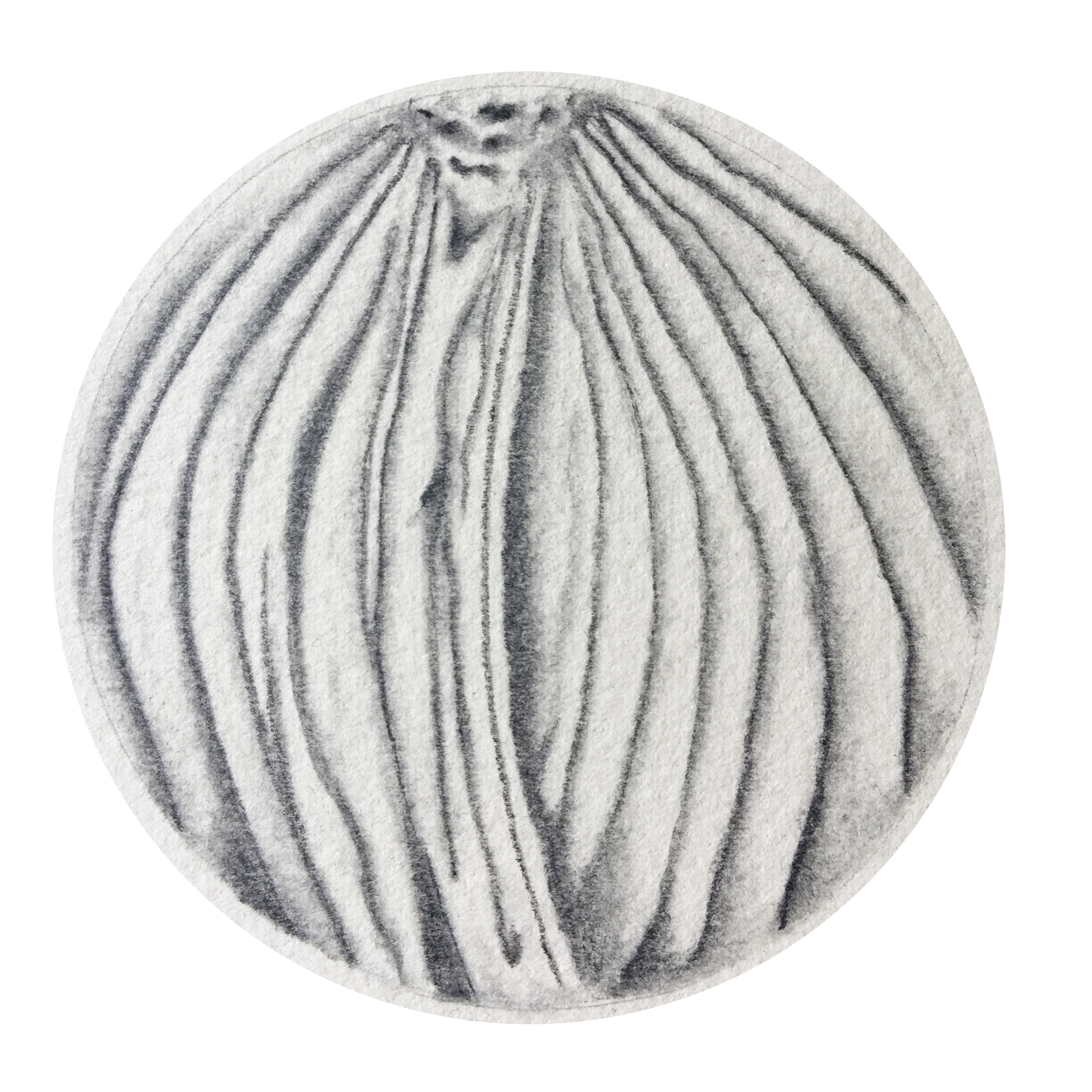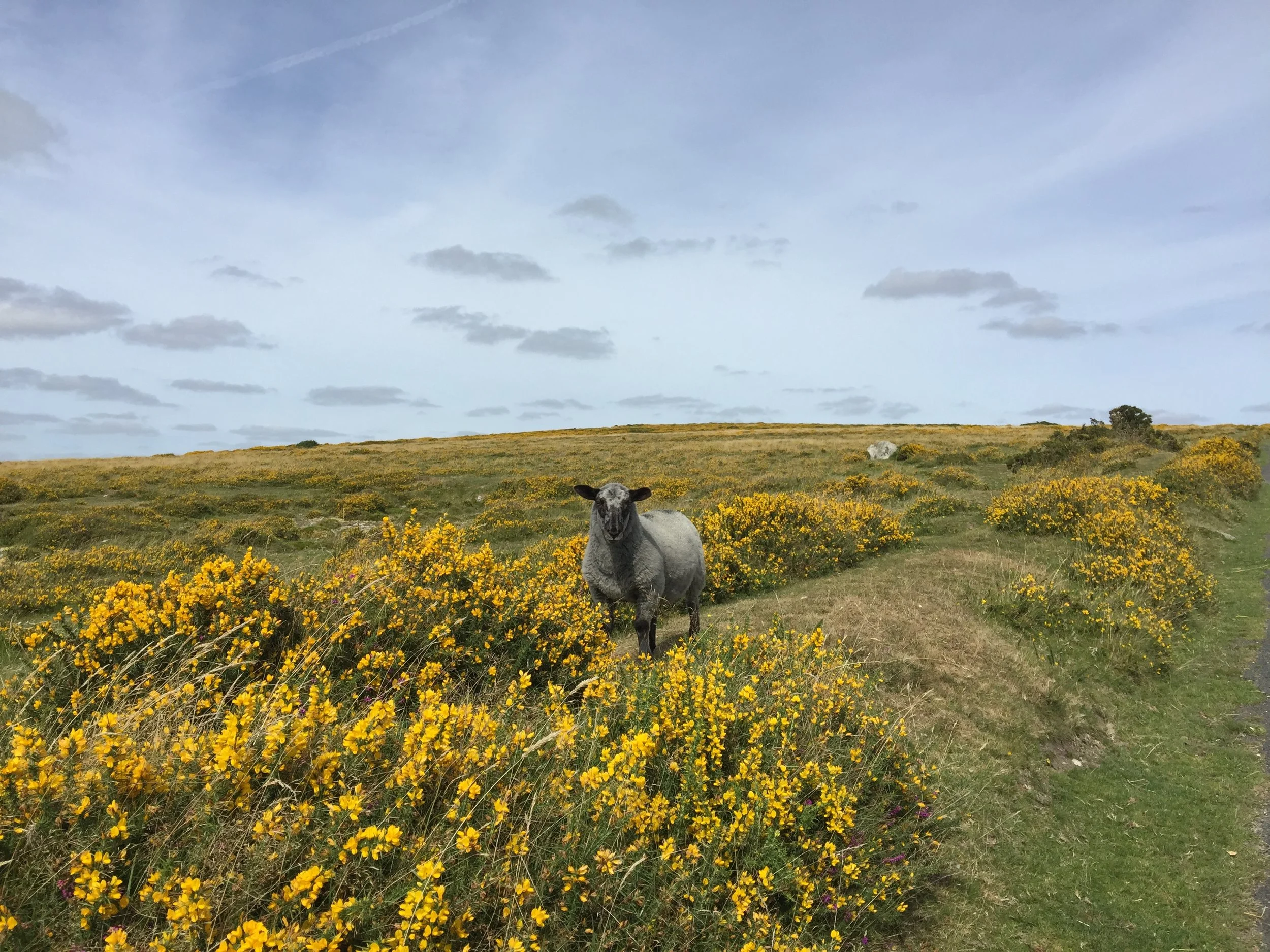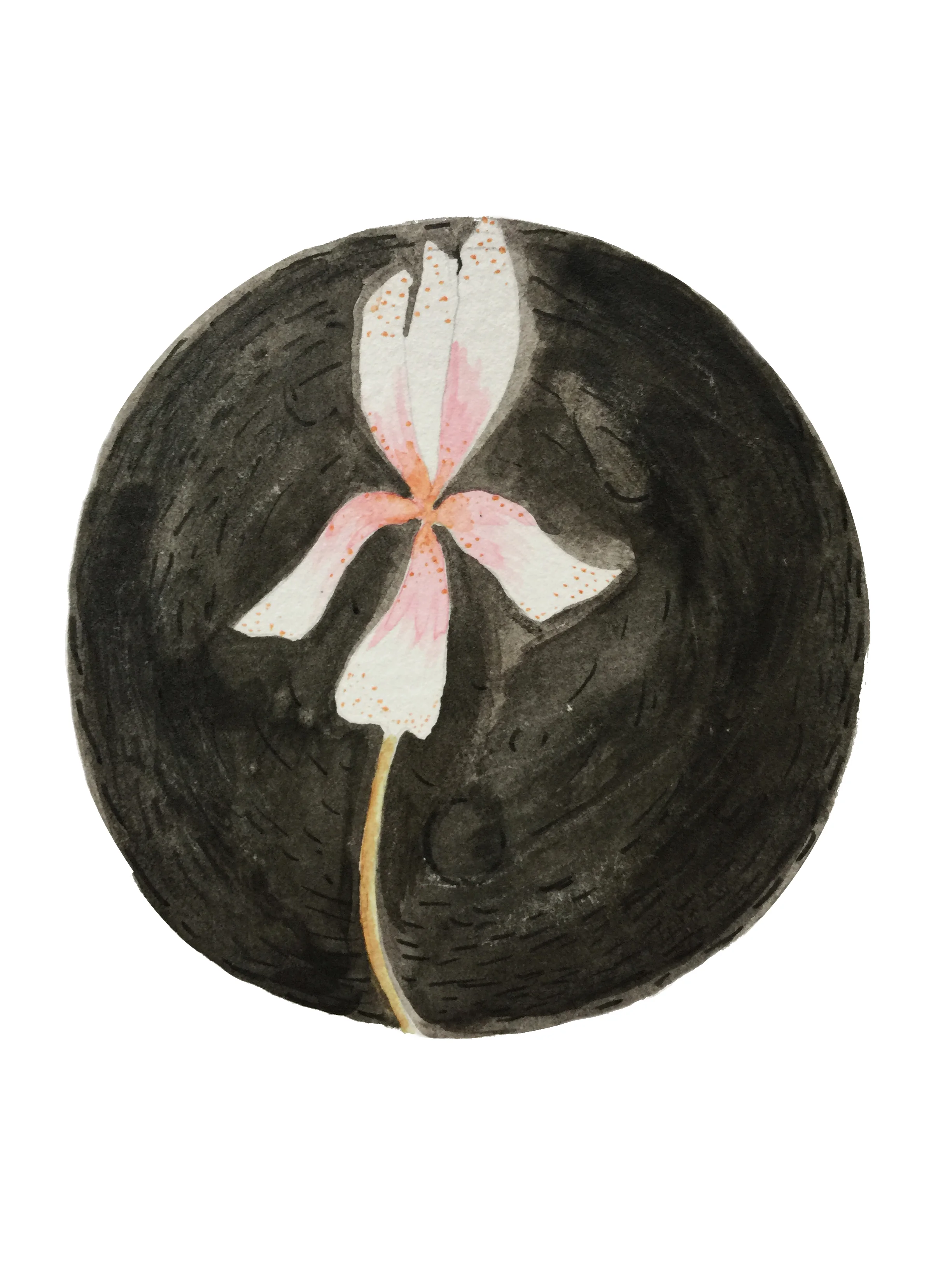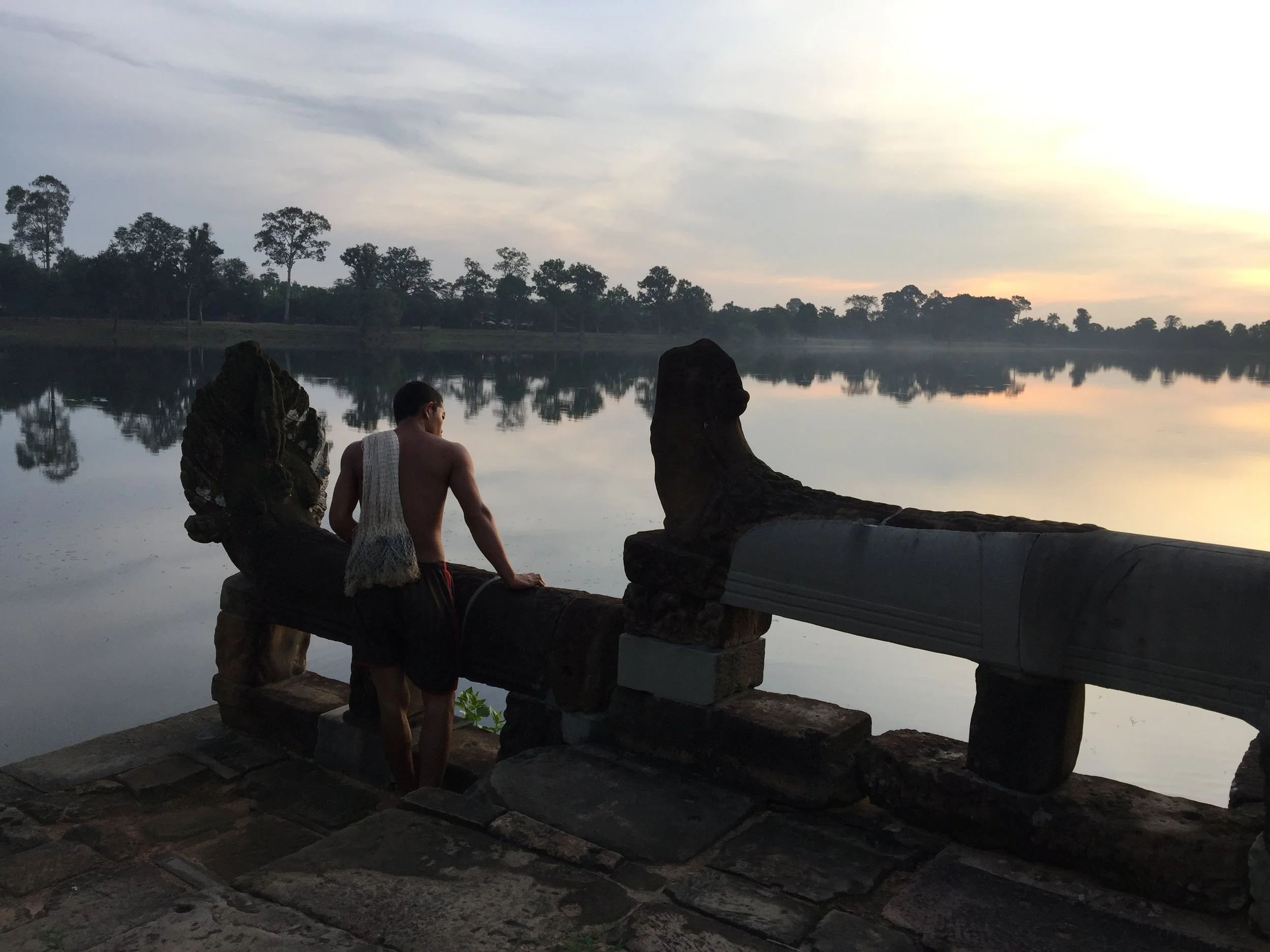Take a moment to read the philosophy behind Coucou Home. If you connect with it, then sign up for my monthly newsletter.
Pomelo blossoms in Hanoi, Vietnam, from daily sketches.
The pomelo, a South East Asian fruit, serves as a metaphor for what 19th century sculptor Harriet Hosmer understood about how time can shape and sweeten us.
A traditional snack or after dinner digestive in Vietnam consists of a plate of pomelo (bu’o’i) and a small bowl of salt in which to dip the fleshy pieces of citrus. The ceremony is akin to a Southern feast of salted watermelon which is equally refreshing but that’s where the similarities end.
Whereas watermelons ripen over the span of months to sweeten, pomelos take 20 years according to local lore. To be clear, a pomelo flower blooms and in a matter of months a weighty orb appears, but it will never be eaten. Instead, it will be plucked and placed on an altar, an offering alongside cans of Coke and tins of butter cookies. Year after year, this routine is repeated until two decades have passed and the tree, finally mature, relinquishes its sweetest offering—edible fruit.
There is something beautiful about the relationship between the Vietnamese and their pomelos. Before the fruit is ready to eat by the living, it feeds and honors the dead. Perhaps unintentional, delayed gratification makes the pomelo's eventual consumption yields something sweeter. It's also usually eaten communally, the way consecrated bread is broken in Mass, underscoring the sacred in the moment. It's meaning multiplied among cherished company.
The tree offering the fruit serves a purpose. In the landscape of Southeast Asia, tree blossoms dominate several seasons, punctuating the sky with colorful constellations—purple, red and yellow—while pomelo blossoms appear as quietly as Venus, twinkling across a verdant canvas. Clipped, they last a few days at most. And yet it’s not their form people seek, it’s their scent.
“…pomelo blossoms appear as quietly as Venus, twinkling across a verdant canvas.”
At $5-7 per kilogram, a posy is the same price as two armfuls of Oriental lilies. Before commercial shampoo was widely available in Vietnam, women would steep the blossoms in water to perfume their hair. Today some women still wash their hair with the blossoms, but most people use them in their offerings as a way to bless the year to come.
By the time pomelo fruit arrives on the plate of most consumers, its Mother tree has gone through a seemingly endless production of fruit. Each sphere emerges and swells one season closer to perfection. Herein lies the parallel of human growth which Harriet Hosmer, considered the most distinguished American sculptor to date, illuminated within her lifetime.
Engraving of Harriet Hosmer depicting her at age 43 by Augustus Robin. The engraving appeared in Eminent Women of the Age by James Parton.
In the mid-1800s, just after her twentieth year, Harriet lived and worked alone in a Roman studio. This was a time when women had little agency over their particular development, let alone housing arrangements. Initially escorted to Rome by her father who was instrumental in her development as an artist and intellectual, she settled in peacefully alongside an artistic ex-pat community within a world that was on the brink of civil.
Just as the scent of a pomelo bloom intoxicates upon first opening, Harriet must have been drunk on her newfound freedom, shaping not only marble but each moment of her life. Hosmer’s dedication to her artistic blossoming resulted in exceptional works of art, not only in their crafts(wo)manship, but especially their genius. Writing in her journal about the way in which she had moved toward maturity, Harriet limned, “My life is so unlike what it was then. I think and feel so differently it seems to me I must have left my former body and found another…. These changes make me feel twenty years older.” Despite the rumblings of war, life was sweet for Hosmer in Rome, so much so that she dreaded return of any kind to America. How did she create her dolce vita? She produced year after year until the fruit she bore was fit to consume.
Today is International Women’s Day. In Vietnam, where women are largely credited with winning the American War, there’s a particular celebratory feeling afoot. While America champions Women’s History Month often spotlighting women who’ve achieved stratospheric success, here and in other parts of the world, the everyday woman is lauded.
With this in mind, who are the women in your immediate world? How have they contributed to your growth and development? How have you contributed to theirs? What fruit have you produced together?
Women often downplay the contributions they make to every day, forward movement of life. I invite you to reflect on the seemingly small acts that nurture the sweetness in your life.
Coucou Home is a place to feel refreshed, find heart sustenance, and heal your spirit. For this reason, it will always be ad-free. If you enjoy my work and value creativity in the world, please consider becoming a patron by making a donation in any amount. Your support is greatly appreciated! Thank you!













